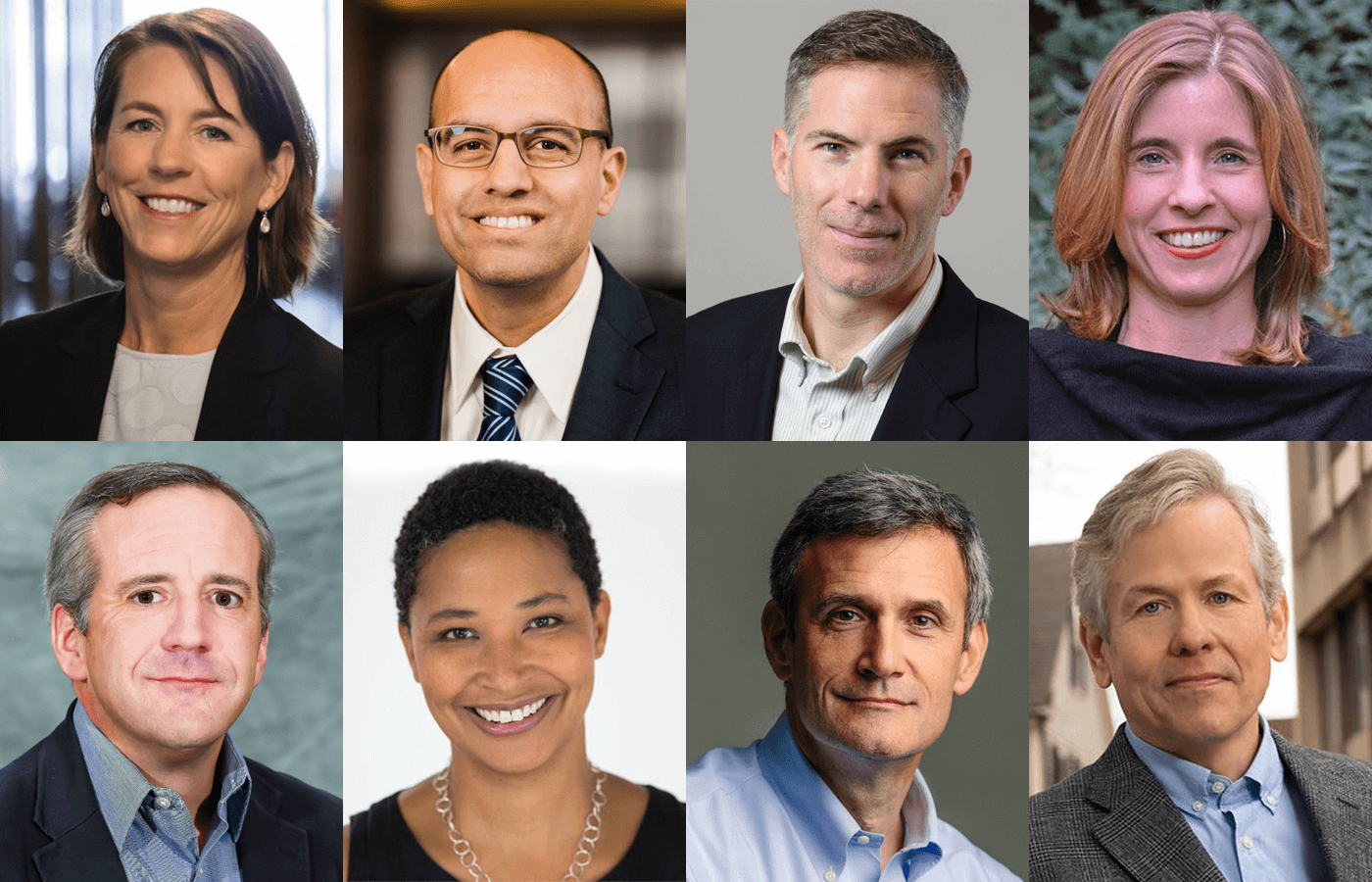
The classic grade school writing assignment for the first week of school is “what I did on my summer vacation.” Although, sadly, I’m no longer in grade school and it’s not yet September, what follows is a variation on the theme: “what I learned last semester at the Kennedy School.”
As an academic visitor attached to the Program on Education Policy and Governance, I had the privilege of organizing this spring’s colloquium series, featuring seven speakers from here at Harvard and around the country, addressing a broad range of timely education topics, from fiscal affairs to career-technical education, from early literacy to civics, and school busing to achievement gaps.
Although there isn’t a single thread tying all of these important presentations and discussions together, there are some common themes that emerge. First among them is that there is reason for hope. Specifically, recent research findings point to the fact that some things—in fact many things—are working and producing positive results and doing so at scale.
At the highest level, Harvard Graduate School of Education Professor Thomas Kane’s time-series analysis of results from the National Assessment of Educational Progress indicates that overall student achievement has improved during the period of standards-based education reform over the past 30 years. More important, the data show meaningful progress in reducing achievement gaps between higher-income white students and lower-income students of color. Taken together, Kane concludes that education reform may be “the most important social policy success of the last half century,” contrary to the prevailing public narrative of failure.
Similarly, at the district level, Parker Baxter of the University of Colorado shared his research demonstrating analogous student performance trends, correlated with Denver’s “portfolio management” reform initiative. Starting about 15 years ago, the city of Denver embarked on a plan to open up public education to a more diverse set of schools and school operators in a model of co-existence and collaboration involving both autonomous district schools and charter schools, within a unified parental choice enrollment system and a framework of accountability for results.
At the classroom level, two speakers highlighted the success of certain educational programs and practices. Boston College Professor Sean Dougherty reported on positive graduation, employment, and earnings outcomes for students (especially boys) enrolled in career-technical programs in several states, including Connecticut and Massachusetts.
Journalist Emily Hanford of American Public Media summarized the reporting of her “Sold a Story” podcast, which highlighted the efficacy of a “science of reading” approach to early literacy, including daily direct instruction in phonics for young children.
As important as identifying what’s working, colloquium speakers also pointed out what’s not. Emily Hanford focused on “balanced literacy” models of curriculum and pedagogy, which tend to minimize or undermine systematic phonics instruction, relying instead on work-arounds that significantly delay reading proficiency and, in many cases (especially for low-income students, students from households where English is not the first language, and students with dyslexia), severely damage long-term educational success.
A professor of economics at MIT, Parag Pathak, presented the results of his recent study on the effects of school busing in New York City and Boston. According to Pathak’s analysis, compared to neighborhood school assignment, busing has marginally improved racial and ethnic integration, especially for Black students, but has done little or nothing to improve educational outcomes.
Returning the theme of hope, Harvard Professor Danielle Allen shared her work in building a broad-based national coalition around an emerging approach to civics education, called, “The Roadmap for Educating for American Democracy.” Given the ideologically charged controversies swirling in and around America’s schools, finding common ground with regard to civics is a daunting challenge, but Allen and her colleagues have made significant progress in this nonpartisan attempt to provide educators with a practical framework, with aligned tools and resources, for offering students “inquiry-based content.”
Of course, where there’s hope, there’s also harsh reality. Commenter Robert Pondiscio, senior fellow at the American Enterprise Institute, praised Allen’s efforts to strengthen civics education, but cautioned that past attempts to harmonize state standards have been met with resistance from both educators and politicians. He suggested further that at the moment there is not even a consensus on whether our public schools should take seriously their role in preparing young people for American citizenship, let alone agreement on what that preparation should look like.
An even more bracing reality check was provided by Marguerite Roza of Georgetown University, who reported that while the flood of federal Covid dollars into states, cities, and school districts is unprecedented, it is also unsustainable. In fact, it will dry up before the end of next year. Based on extensive data collection regarding recent school spending patterns, Roza projects that many districts will soon be running headlong over a fiscal cliff, as they incorporate their one-time federal dollars into ongoing operating budgets and collective bargaining agreements. Unless prudent steps are taken soon, many districts will be confronted with deep and painful budget cuts, just around the corner.
So, what does it all mean? I think it means that we need to think about educational reform as a journey, rather than a destination. Success is defined by persistent progress, notwithstanding the risks, setbacks, and false starts. The good news is we are making progress, which means we need to value staying the course as much as we do innovation and change. To my mind, that implies reinforcing the foundations of standards-based reform, while identifying and supporting those programs and practices that are reliably producing results where it counts, in the classroom. It also means walking away from what’s not working and making smart fiscal and management decisions to sustain continuous improvement.
James A. Peyser is the former secretary of education for Massachusetts.


